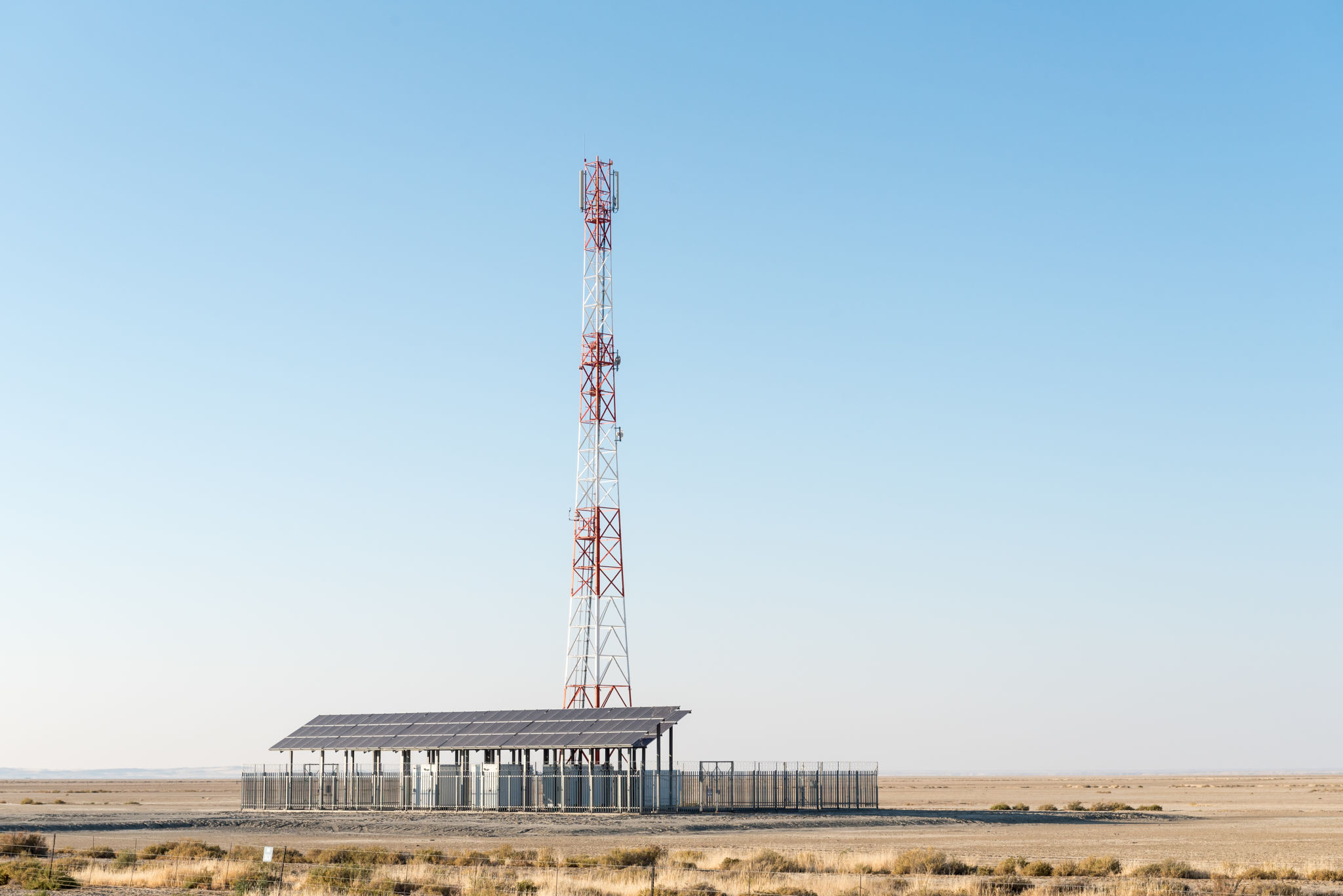Case Study: Successful Solar Integration in Telecommunication Projects
Overview of Solar Integration in Telecommunications
The integration of solar power into telecommunication projects has emerged as a transformative solution, addressing both energy needs and sustainability goals. As the global push for renewable energy sources intensifies, the telecommunication industry stands at the forefront, leveraging solar technology to power its infrastructure efficiently.
This case study explores the successful implementation of solar energy in telecommunication projects, highlighting the key benefits, challenges, and strategies that have contributed to this success.

Key Benefits of Solar Integration
Integrating solar power into telecommunication projects offers numerous advantages. Firstly, it provides a reliable and sustainable energy source, reducing dependence on conventional fossil fuels. This shift not only cuts carbon emissions but also aligns with global environmental goals.
Moreover, solar energy can significantly lower operational costs. Once installed, solar panels require minimal maintenance and can generate electricity for decades. This long-term cost efficiency is particularly beneficial for remote telecommunication sites where traditional energy supply can be expensive and logistically challenging.
Challenges Faced in Implementation
Despite its benefits, solar integration in telecommunication projects comes with its own set of challenges. One of the primary hurdles is the initial capital investment required for purchasing and installing solar panels and related infrastructure.
Additionally, geographical and climatic factors can affect the efficiency of solar power systems. Areas with limited sunlight may not achieve optimal energy generation, necessitating supplementary energy solutions.

Strategies for Successful Implementation
To overcome these challenges, companies have developed strategic approaches to ensure the successful integration of solar power. Engaging in thorough site assessments and feasibility studies helps in selecting optimal locations for solar installations.
Furthermore, collaboration with local stakeholders and governments can facilitate smoother implementation processes. Incentives and subsidies from governmental bodies can alleviate financial burdens and encourage broader adoption of solar technology in telecommunications.
Case Study Highlights
A notable example is the deployment of solar-powered telecommunication towers in rural regions. These projects have demonstrated significant improvements in network reliability and performance while drastically reducing operational costs.
In one such project, strategic placement of solar panels and storage systems ensured uninterrupted connectivity even during adverse weather conditions. This advancement has played a crucial role in bridging the digital divide in underserved areas.

Future Prospects and Innovations
The future of solar integration in telecommunications looks promising with ongoing innovations. Advances in battery storage technology are enhancing the viability of solar solutions by providing reliable energy storage capabilities.
Additionally, the development of more efficient photovoltaic cells continues to increase the potential energy output from solar installations. These technological advancements are set to further solidify the role of solar power in the telecommunications sector.
Conclusion
The successful integration of solar energy into telecommunication projects serves as a testament to the potential of renewable energy solutions. By overcoming challenges through strategic planning and technological advancements, the telecommunications industry is paving the way for a sustainable future.
As more companies embrace solar power, the benefits extend beyond cost savings, contributing to a greener planet and enhanced connectivity worldwide. The lessons learned from these case studies provide a blueprint for other industries seeking to harness the power of renewable energy.
